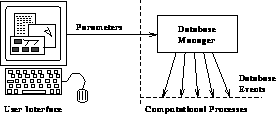
Figure 18.6: The User Interface/Database





At the system level, no hardware or software specification of the user interface is made; it is left to the applications designer to select an appropriate interface. The necessary communication between the user interface and the computational processes is accomplished through a system-level parameter database. The database manager maintains multiple user-defined databases and stores information in key/content pairs. When an imaging parameter is selected or modified, the user interface packs the parameter into a byte stream and stores it in a database (Figure 18.6).

Figure 18.6: The User Interface/Database
The database manager then generates database events which are sent, along with the data, to the computational processes where they are dealt with as discussed in the next section.
This event-driven mechanism has several advantages over other means of managing control flow. It allows the system-level software to provide the communication between the user interface and the computational processes without the system needing any knowledge of the content of the messages, and without the user knowing the communications scheme. The data is packed and unpacked from user-defined structures only within the user-provided processes. Our implementation of ISIS uses Sun's XDR routines for packaging the data, which has the added advantage that it also resolves the byte-ordering differences between the host machine and the computational processors.